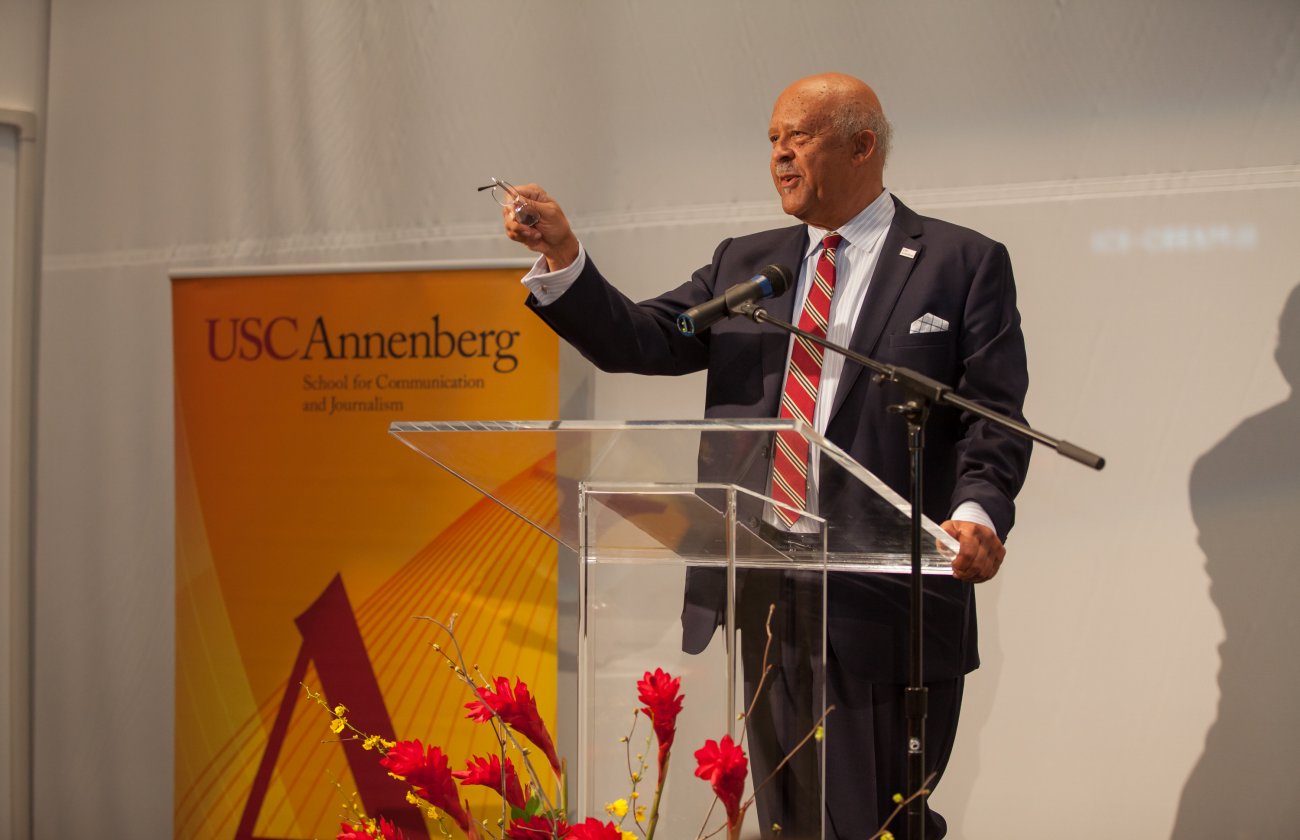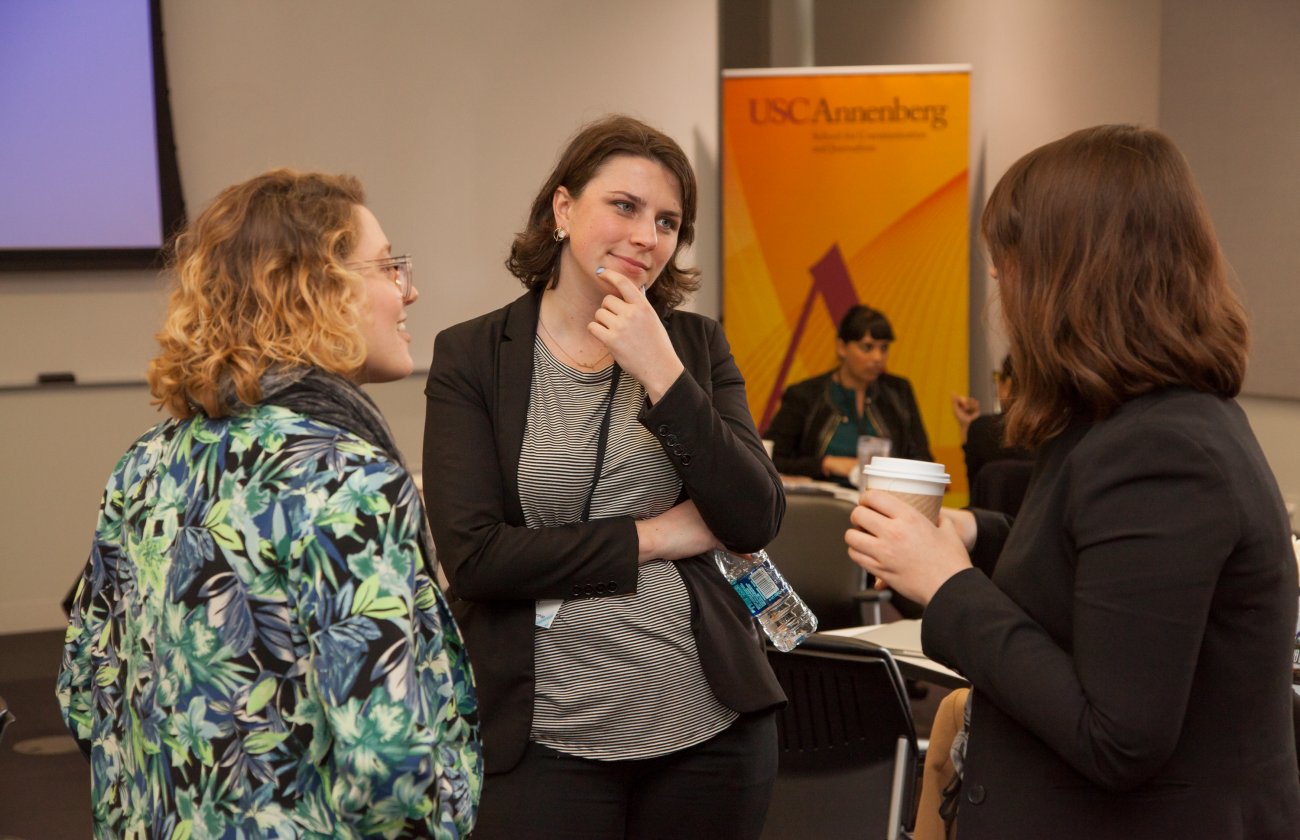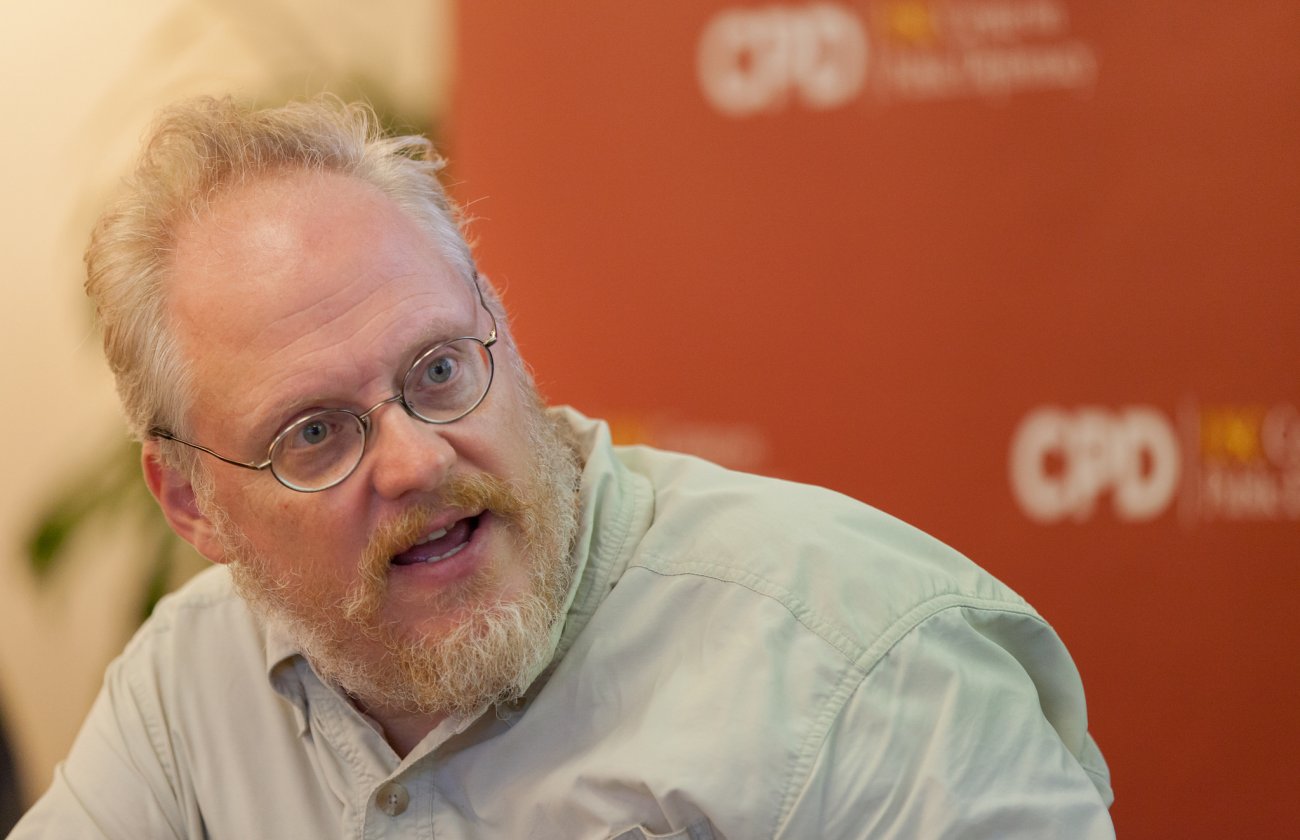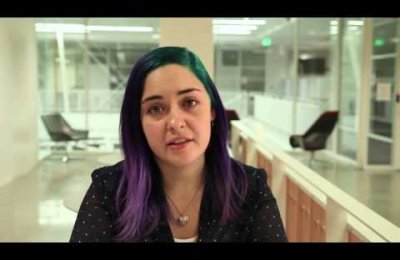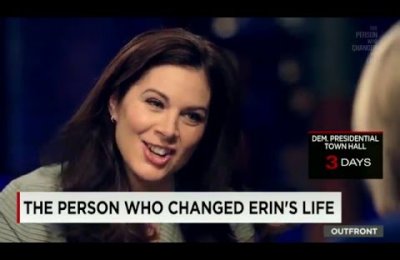LAS VEGAS – Questions of how to effectively cover diverse people – as groups and as individuals – were at the heart of a Diversity in the Digital Age discussion at the UNITY journalism convention earlier this month.
USC Annenberg Associate Professor and Associate Director Bill Celis, who led an Annenberg diversity initiative that helped win AEJMC’s national Equity & Diversity Award this year, organized the UNITY discussion. Other moderators were Sally Lehrman, a member of the Society of Professional Journalists’ Diversity Committee and a professor at Santa Clara University; Dori Maynard, president of the Robert C. Maynard Institute for Journalism Education; and Evelyn Hsu, the Maynard Institute’s senior director of programs and operations.
A group of about 70 journalists gathered in a room at the Mandalay Bay Convention Center for the straightforward (and, at times, heated) conversation about how digital newsrooms can forge a new path in covering diversity.
The good news, Celis said, is that the fragmentation of news media has given more communities a voice. And the digital sphere as made legacy media more accountable – and more quickly, he said.
“But we need to make sure the digital age doesn’t repeat the mistakes that print media made, in not hiring diverse journalists and not covering minorities,” Celis said. “We have an extraordinary opportunity to really change how we think about diversity, to make sure legacy media include women, people of color in the editorial ranks. We really have to push and what that push looks like, people are still thinking about.”
Lehrman, who also holds the Knight Ridder-San Jose Mercury News Endowed Chair in Journalism and the Public Interest, reported on the event for a blog hosted by the Society of Professional Journalists and offered some of the audience’s ideas on structural changes that news outlets and journalism schools should embrace:
___
Groups who feel shut out from the news can tell their own stories. Identity-specific news outlets and blogs such as Latina Lista, Native News Network and Pam’s House Blend can quickly hold other journalists accountable, improving the quality of the context we all offer. Partnerships across race, gender and sexual orientation bring stronger, more interesting ideas into everyone’s content.
There’s still time to reshape the news, some speakers proposed, by weaving inclusion right into the structure of news gathering and delivery. Audience members identified six key areas for attention:
• Build inclusive coverage into journalism programs from introductory courses on up.
• Ensure that journalism education and internships are available across the demographic spectrum, through grants and fair application processes.
• Press funders and venture capitalists to reinvent applications and decision-making processes so that entrepreneurs from all backgrounds get an equal chance.
• Encourage other types of support for journalists of color, LGBT entrepreneurs and women to own their own news outlets.
• Obtain a commitment by existing news outlets – whether online only or legacy – to an inclusive management and staff, and track their progress.
• Insist on ethical coverage that pays attention to inclusivity and fairness, and ask hard questions about representation and accuracy.
Focus on a broken system, the audience insisted, not piecemeal problem-solving.
__
Lehrman summed up: “We're in dire danger of the digital newsroom looking like newsrooms did in the past. But we can hold our brethren accountable.”

